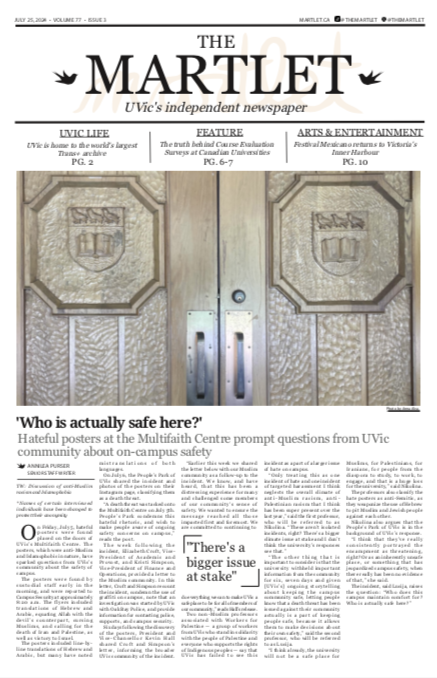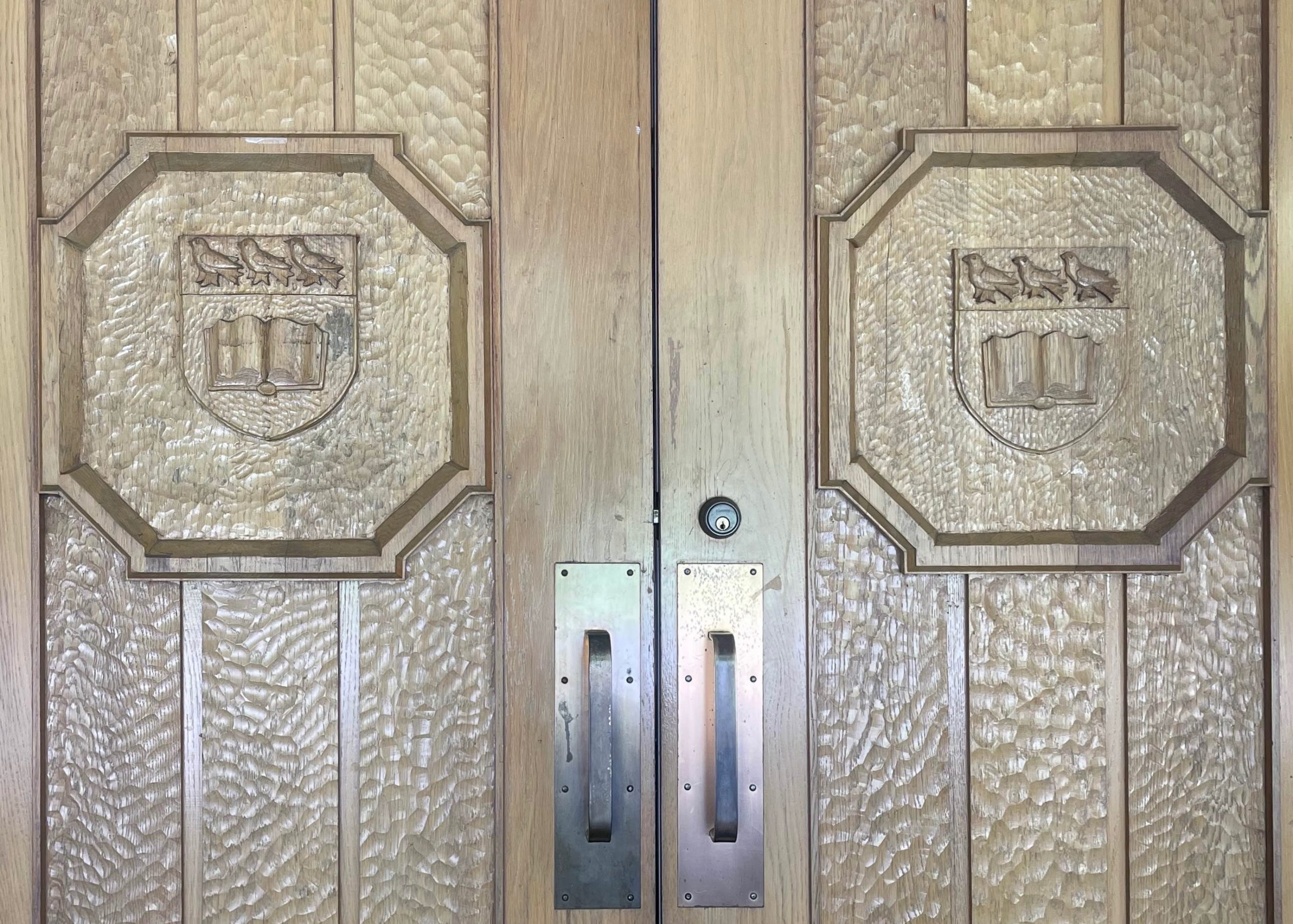Just outside Ring Road, in one of the old army huts, a group of enterprising young engineers toil, making their bid in a competition to help design the automobile of tomorrow. The contest, called EcoCAR 2: Plugging In to the Future, is a three-year collegiate engineering competition. As the only one of its kind, its mission is to “offer an unparalleled, hands-on, real-world experience to educate the next generation of automotive engineers.” Across North America, 15 different universities compete to reduce the environmental impact of a standard Chevrolet car, while maintaining its driving performance and safety standards. UVic’s team, led by John Jancowski-Walsh, is one of only three Canadian university teams to have secured a place in the contest. Team UVic’s hut is a blur of activity. Engineers bustle back and forth and tools are spread over most surfaces. At the heart of the small building is the partially dismantled competition piece: a 2013 Chevrolet Malibu ECO, a hybrid car delivered off the line. The idea is to do everything possible to improve the car’s fuel efficiency. To help meet this goal, teams are given seed money at the beginning of the competition, as well as useful products, hardware, and software. Most of the money and equipment comes from General Motors, the Canadian Government, and the U.S. Department of Energy. While these resources help get the teams on their way, they are responsible for balancing their books, which requires a keen attention to the business side of things and a willingness to seek additional funding from elsewhere. Teams work to produce a product that could potentially hit the road in the near future. Jancowski-Walsh explains that though the cars are prototypes and likely won’t be ready for production any time soon, every marginal refinement they make may lead to large strides later. Part of the challenge is in battery technology. While the basic internal combustion engine has a century of progress under its belt, the electric equivalent is still relatively new. Batteries are expensive to produce; hybrid vehicles like UVic’s prototype use batteries that cost more than $10 000 each. This is worthy of consideration when environmental footprints are calculated; because production of the batteries is still relatively infrequent, they require parts shipped from all over the world. Moreover, if the batteries are charged from power generated by coal or other “dirty” sources, the overall environmental footprint of the vehicle can sometimes be larger than building and operating a traditional gas car. However, these are worries for another day. UVic’s team does not currently consider the overall footprint of the vehicles. That will be a challenge for EcoCAR 3, and Jancowski-Walsh hopes that, as production grows, the footprint impact of batteries will decrease. For now, Jancowski-Walsh and his team are focusing on their final presentation. Last year’s competition saw UVic come in seventh place out of 15. At competition, the car failed to pass the safety inspection because of a problem with the battery module. Unfortunately, this issue could not be fixed at the time, and without passing the safety technical inspection, the car could not compete in any dynamic events. The seventh-place finish was awarded despite being the only team without a car to compete, based solely on the strength of the team’s presentation. Jancowski-Walsh is confident that, given a year of rewiring and rebuilding, the prototype will be more reliable. The UVic team has already put in a proposal for the EcoCAR 3 competition. The value of programs like EcoCAR to the university is in both research and teaching. UVic students have access to teams working on unmanned aerial vehicles, racecars, and underwater vehicles. Each of these programs gives students the opportunity to gain real-world experience and make connections in their chosen industry. While Victoria is farther afield from the factories of Detroit and Ontario than the EcoCAR competitor teamat the University of Waterloo, UVic students train with the same software many automotive companies use on the job. The program may help find engineers to build the cars of tomorrow. UVic’s EcoCAR 2 team will make their final presentation in June. For more information see ecocar.uvic.ca, or ecocar2.org.
Can’t get enough?
The Martlet on Instagram
Tags
Recent Posts
} July 25, 2024
“Who is actually safe here?”
@TheMartlet
Courier
The Martlet
Student Union Building
Room B011
University of Victoria
3700 Finnerty Road
Victoria, B.C.
V8W 5C2






